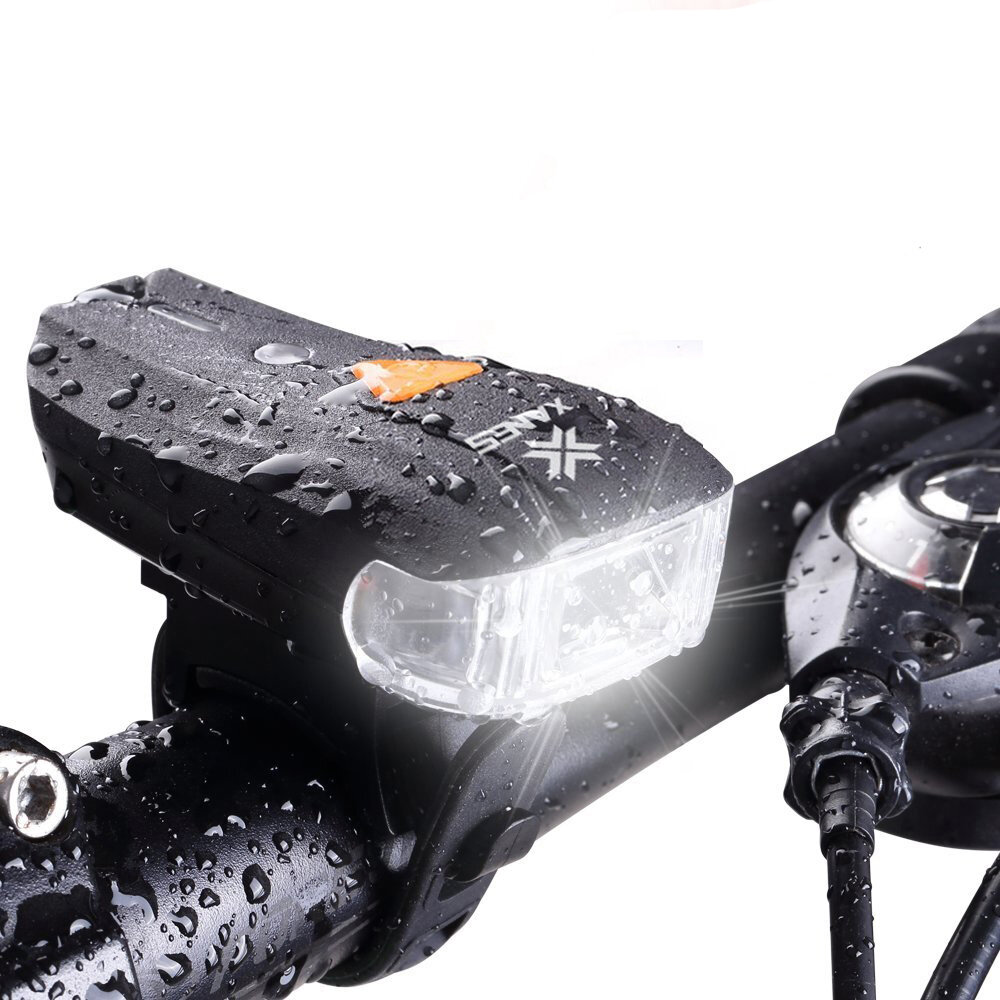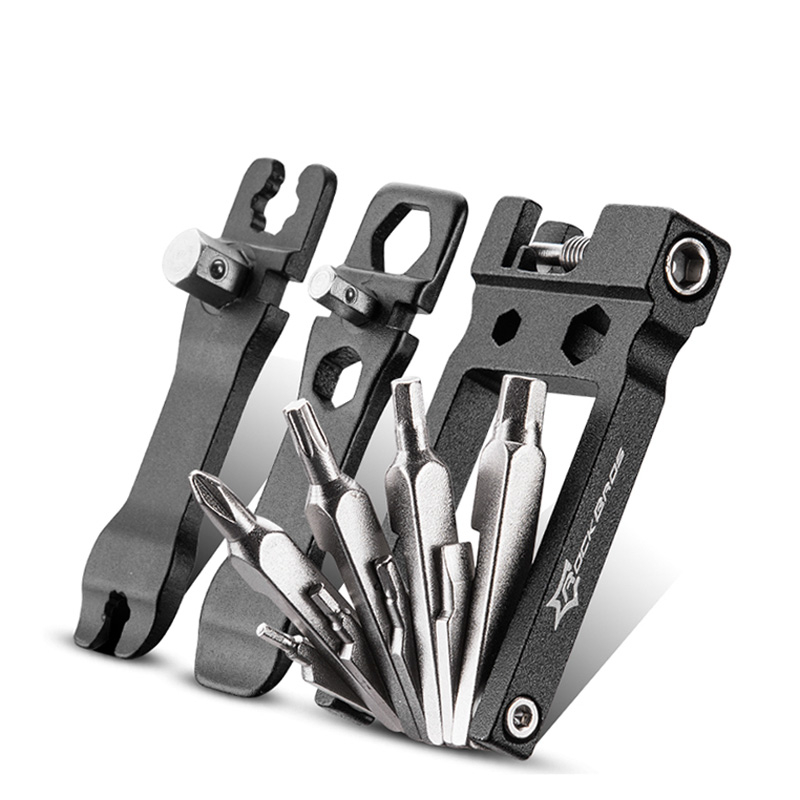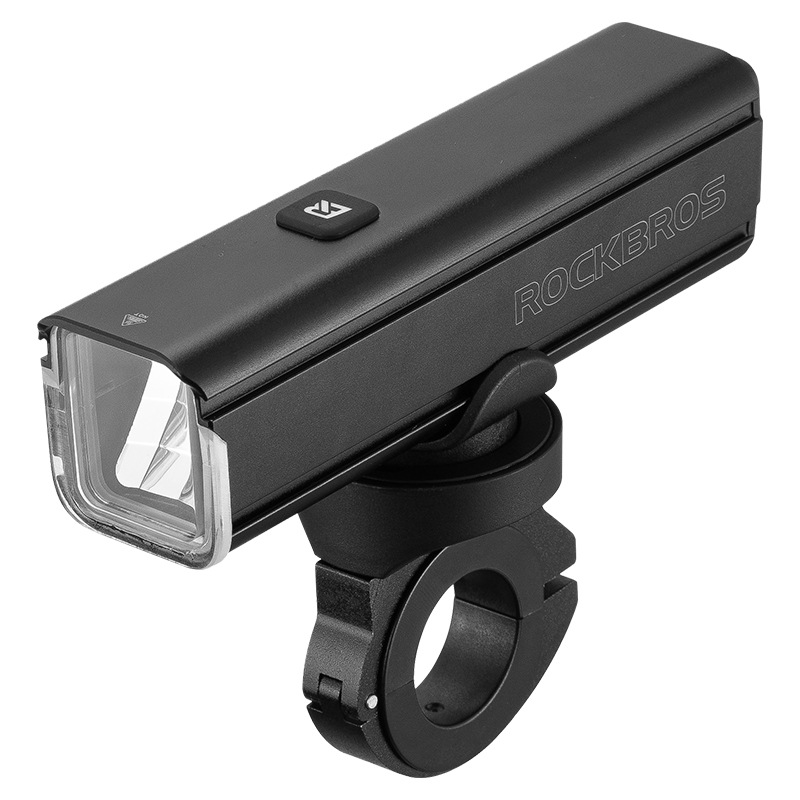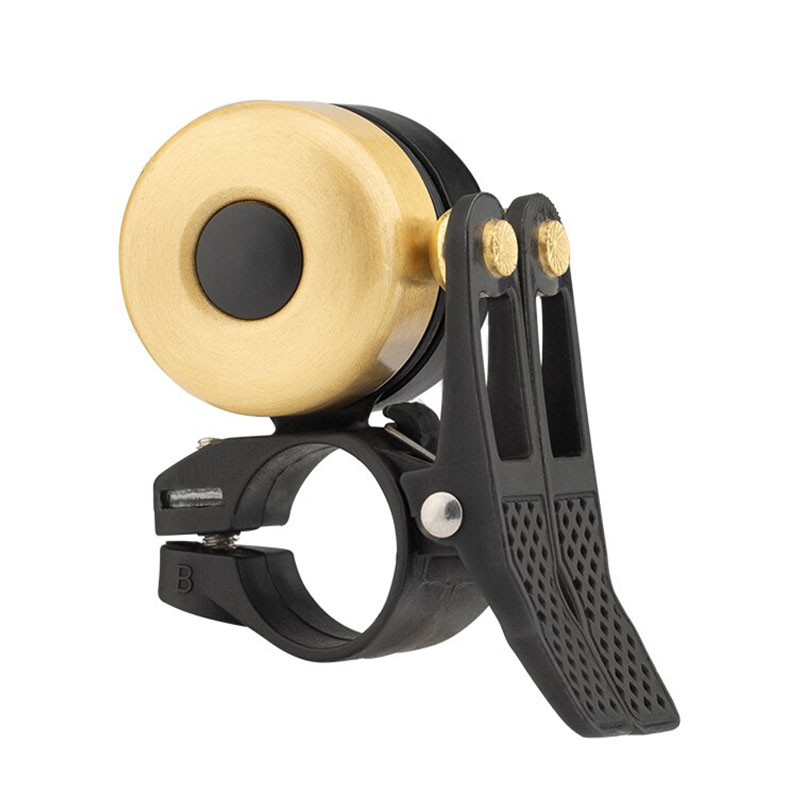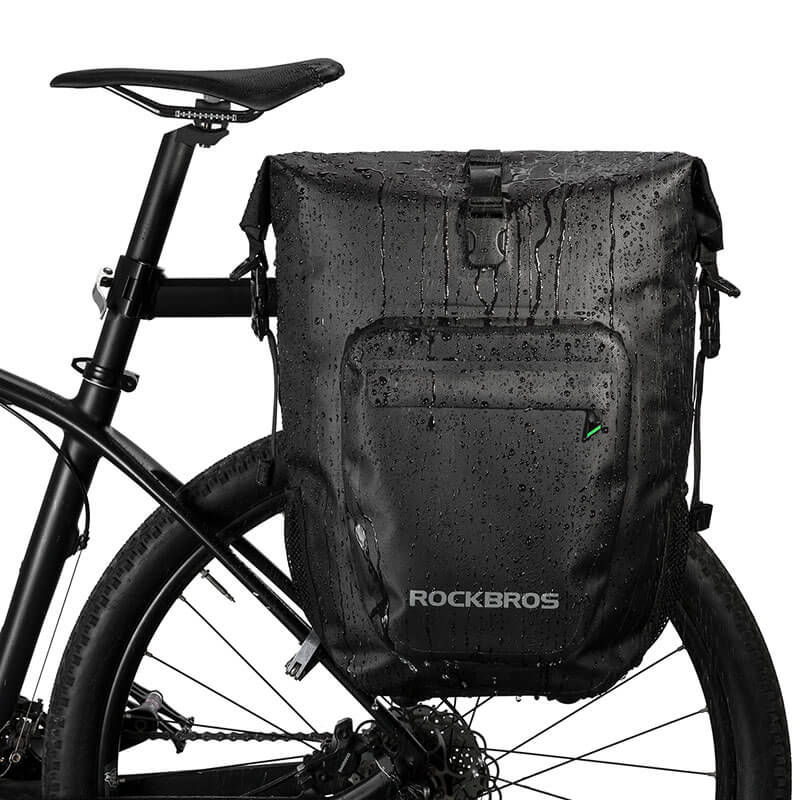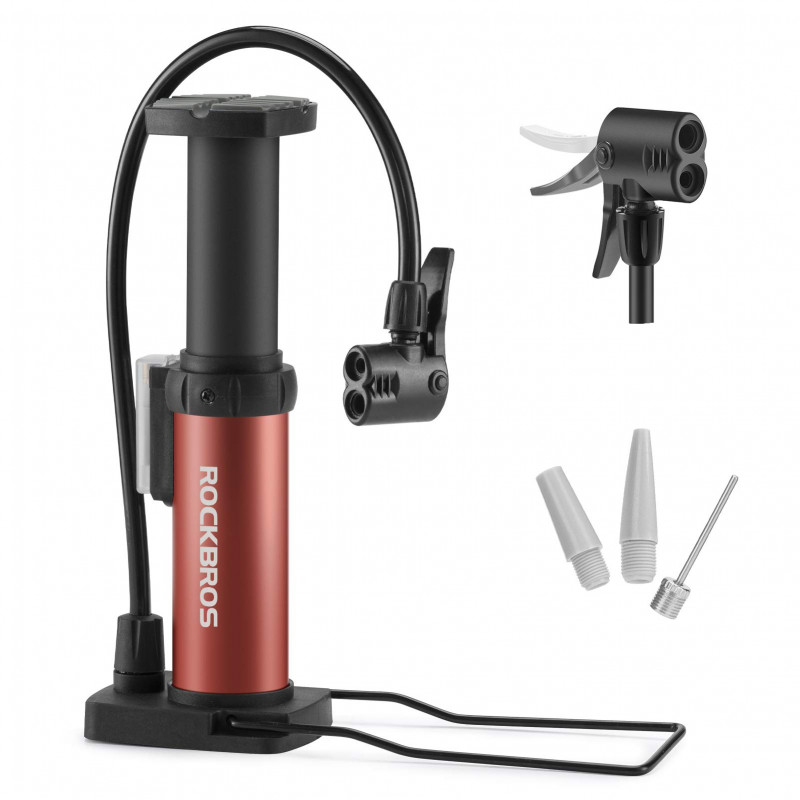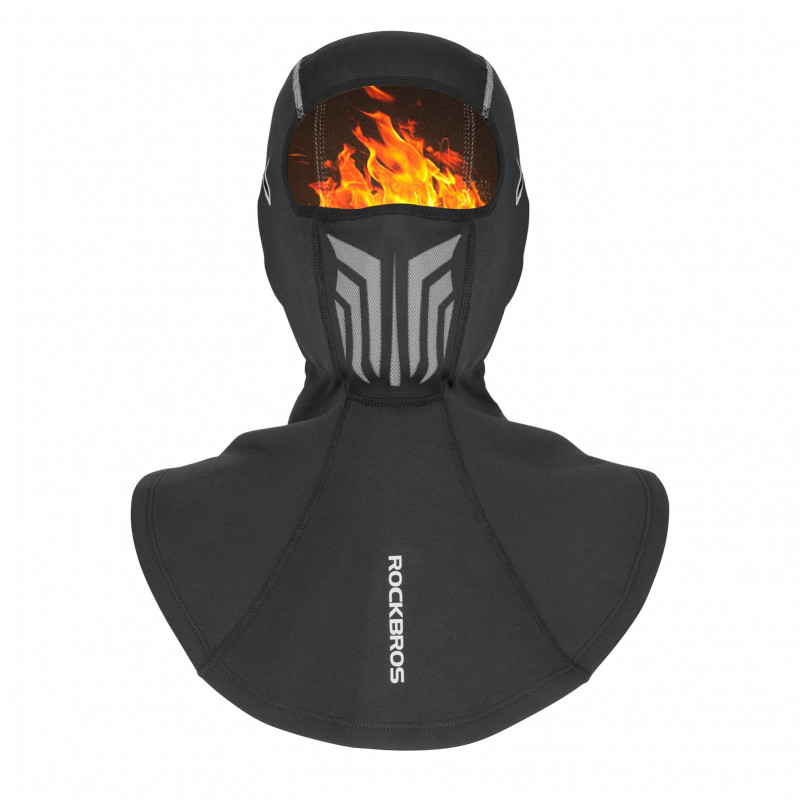How to Stay Safe on the Road: Essential Tips for Safe Cycling

Cycling is not only a great way to stay active and improve your health but also an eco-friendly mode of transportation. However, it's crucial to prioritize safety when cycling to ensure a positive experience on the road. By following some essential tips, you can significantly reduce the risk of accidents and enjoy your rides to the fullest.
Introduction
Cycling has gained popularity as an environmentally friendly and healthy means of transportation. However, it's essential to understand the importance of safe cycling practices to protect yourself and others. By following a few guidelines, you can significantly enhance your safety on the road while enjoying the many benefits of cycling.
Wear Protective Gear
One of the most critical aspects of safe cycling is wearing appropriate protective gear. The most vital piece of equipment is a well-fitted helmet, which can significantly reduce the risk of head injuries in case of a fall or collision. Additionally, wearing reflective clothing and elbow and knee pads further enhances your visibility and protects vulnerable areas.
Follow Traffic Rules
Cyclists share the road with other vehicles, and it's essential to obey traffic rules to ensure a smooth and safe journey. Adhere to traffic signals, stop at stop signs, and use hand signals to indicate your intentions. Always yield to pedestrians and give them the right of way, promoting a harmonious coexistence on the road.
Be Visible
Enhancing your visibility as a cyclist is crucial to ensure that other road users can see you clearly. Use lights and reflectors, especially when cycling at dawn, dusk, or during low light conditions. Wearing bright-colored clothing further increases your visibility, making it easier for drivers to spot you on the road. Avoid riding in blind spots of vehicles, and position yourself where you can be easily seen by drivers.
Ride Predictably
Maintaining a predictable riding style helps others anticipate your movements, reducing the risk of accidents. Ride in a straight line, avoiding weaving or swerving. Signal your intentions clearly by using hand signals for turning or changing lanes. Avoid sudden maneuvers that can surprise other road users.
Stay Alert and Focused
Being alert and focused while cycling is vital for your safety. Avoid distractions such as using your phone or listening to music with headphones. Keep your eyes on the road ahead, scanning for potential hazards like potholes, debris, or approaching vehicles. Maintain a heightened awareness of your surroundings.
Be Mindful of Weather Conditions
Weather conditions can significantly impact your safety while cycling. Adjust your speed when riding on wet surfaces to prevent skidding. Ensure your tires are appropriate for different conditions, considering factors like grip and tread pattern. Dress appropriately for the weather, wearing layers and using waterproof gear when necessary.
Ride Defensively
Adopting a defensive riding approach can help mitigate risks on the road. Anticipate the actions of other road users, especially drivers who may not be aware of your presence. Keep a safe distance from vehicles to allow for sudden stops or turns. Always be prepared to react quickly and defensively in unexpected situations.
Use Bike Lanes and Paths
Whenever possible, utilize designated bike lanes and paths for cycling. These dedicated infrastructure options provide a safer environment for cyclists. Stay within the designated lanes and be cautious when approaching intersections or merging with other lanes.
Perform Regular Bike Maintenance
Maintaining your bike in good working condition is essential for safe cycling. Regularly check your brakes, tires, and gears to ensure they are functioning properly. Keep your bike clean and free from dirt and grime, which can affect performance. Maintain proper tire pressure to ensure optimal traction and control.
Ride with a Buddy or in Groups
Cycling with a buddy or in groups not only adds to the enjoyment but also enhances safety. Riding in numbers increases visibility, making it easier for other road users to spot cyclists. It also provides an opportunity to share knowledge and experience, support each other, and motivate one another to practice safe cycling habits.
Stay Hydrated and Fueled
To maintain your energy levels and prevent fatigue while cycling, it's crucial to stay hydrated and properly fueled. Drink water regularly, especially on longer rides or in hot weather. Consume nutritious snacks to replenish energy and maintain stamina throughout your ride.
Plan Your Route
Before embarking on a cycling journey, take the time to plan your route. Choose roads and paths that offer safer conditions for cycling, considering factors like traffic volume and speed. Utilize mapping apps or websites that provide cycling-friendly routes and navigation assistance.
Be Courteous to Others
As a cyclist, it's important to be respectful and considerate of others sharing the road or paths. Yield to pedestrians and give them the right of way. Communicate with a friendly attitude when interacting with drivers or fellow cyclists. Respect shared spaces and follow any specific rules or guidelines in place.
Conclusion
Safe cycling is paramount to ensure an enjoyable and secure experience on the road. By following these tips, including wearing protective gear, obeying traffic rules, being visible, and staying alert, you can significantly reduce the risk of accidents and enhance your safety as a cyclist. Remember to ride predictably, maintain your bike's condition, plan your routes, and be courteous to others. Embrace the benefits of cycling while prioritizing safety.
FAQs (Frequently Asked Questions)
1. Is it necessary to wear a helmet while cycling?
Wearing a helmet is highly recommended for cyclists of all ages. It provides crucial protection for your head in case of a fall or collision, reducing the risk of severe injuries. Always prioritize your safety by wearing a well-fitted helmet.
2. How can I make myself more visible to drivers while cycling?
To enhance your visibility on the road, use lights and reflectors on your bike, especially during low light conditions. Wear bright-colored clothing that stands out. Avoid riding in blind spots and maintain a position where drivers can easily see you.
3. Are there any specific hand signals for cyclists?
Yes, hand signals are essential for communicating your intentions to other road users. To signal a right turn, extend your right arm horizontally. For a left turn, extend your left arm horizontally or use your left arm to form an L shape. To indicate stopping or slowing down, point your left arm downward.
4. How often should I perform bike maintenance?
Regular bike maintenance is crucial for safe and smooth cycling. Check your brakes, tires, and gears regularly, at least once a month. Keep your bike clean, lubricate the chain when necessary, and ensure proper tire pressure. If you notice any issues, take your bike to a professional mechanic for inspection and repairs.
5. Can I cycle on the sidewalk instead of the road?
Cycling laws and regulations vary by location, but in many places, it is illegal to cycle on the sidewalk. Cyclists are generally expected to use the road and follow the same rules as other vehicles. However, some areas may have designated bike paths or shared sidewalks where cycling is permitted. Check your local laws and signage for guidance.
Remember, these FAQs provide general guidance, and it's important to consult local laws and regulations specific to your area for accurate information and guidance on safe cycling practices.
